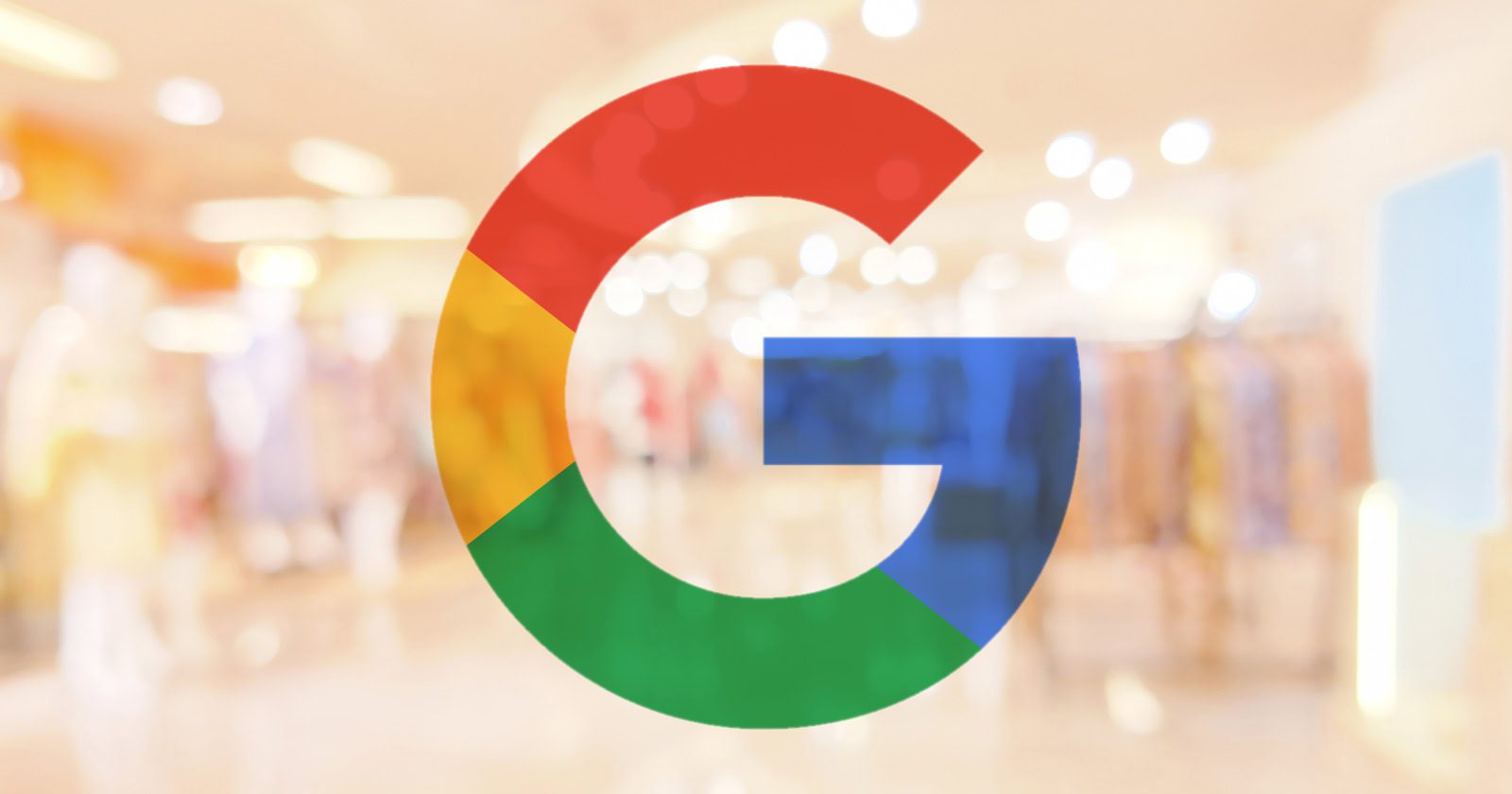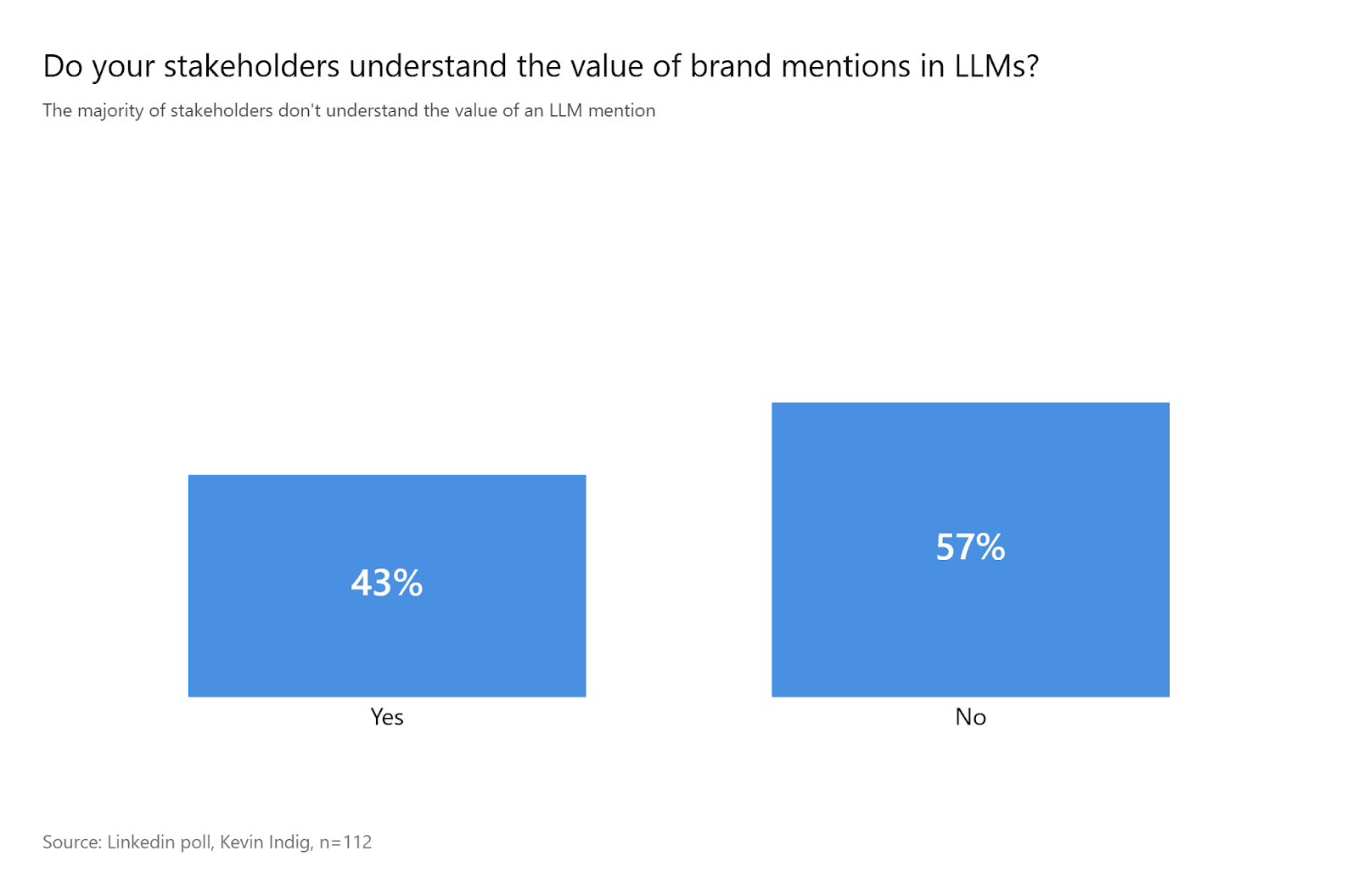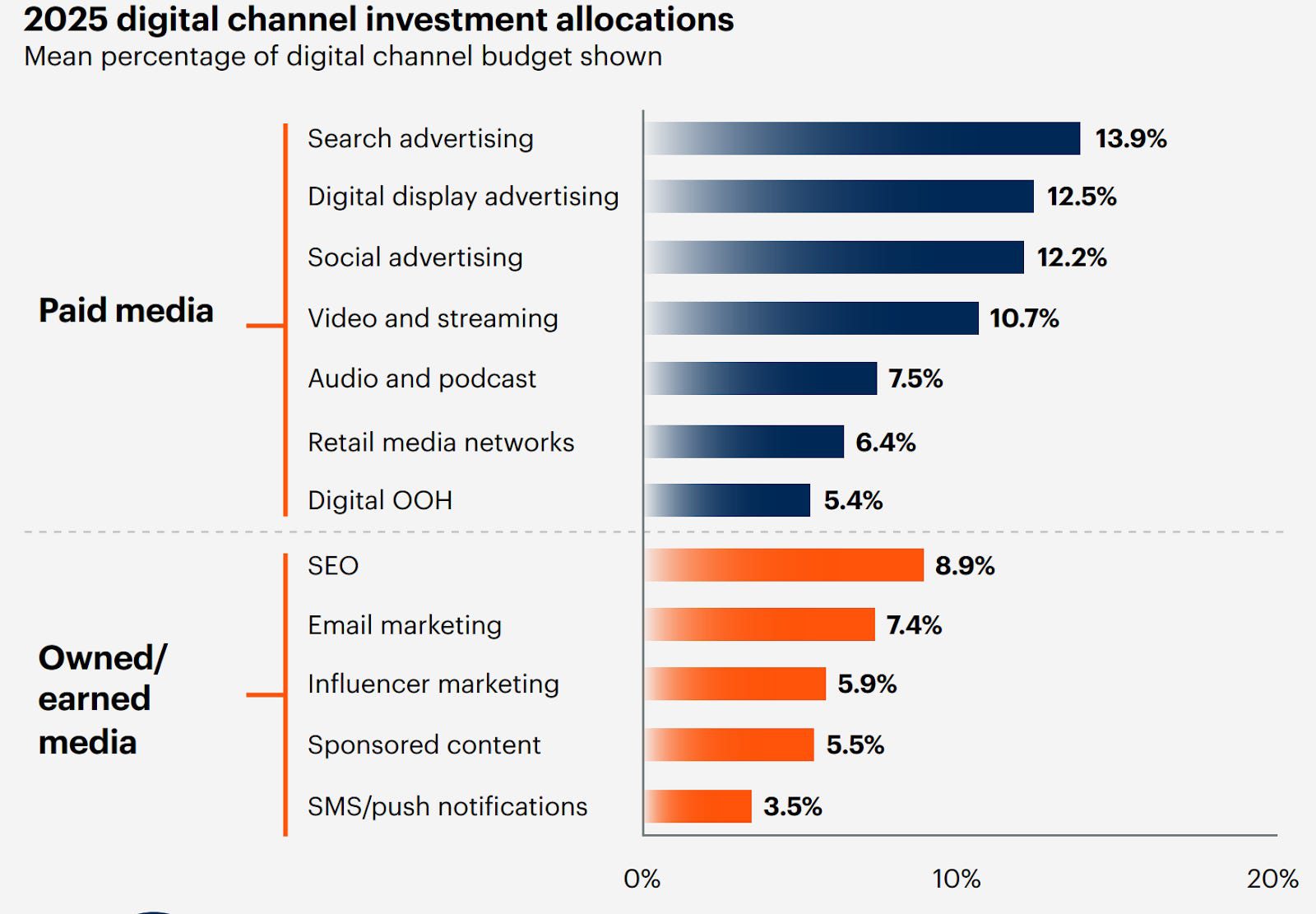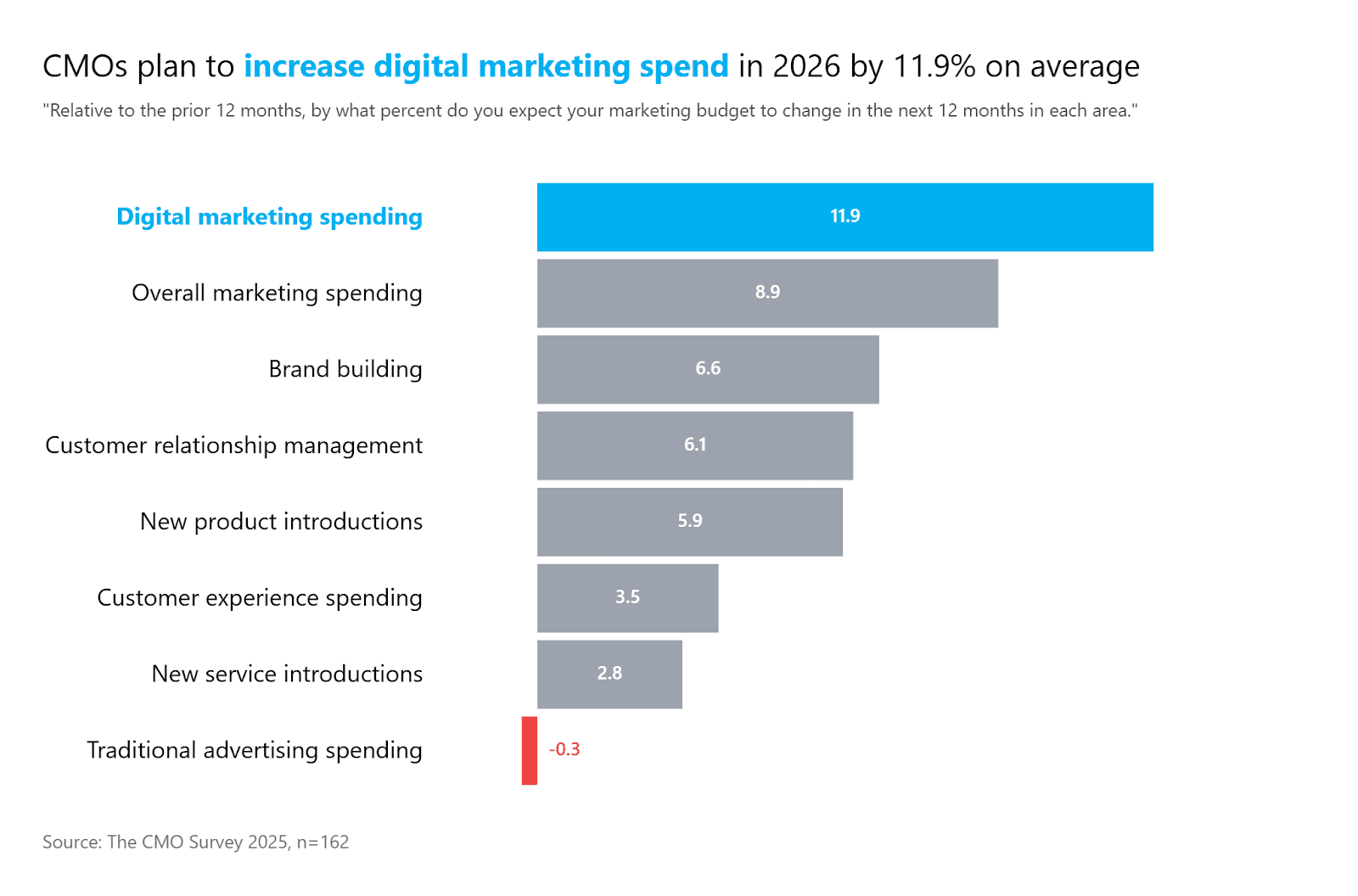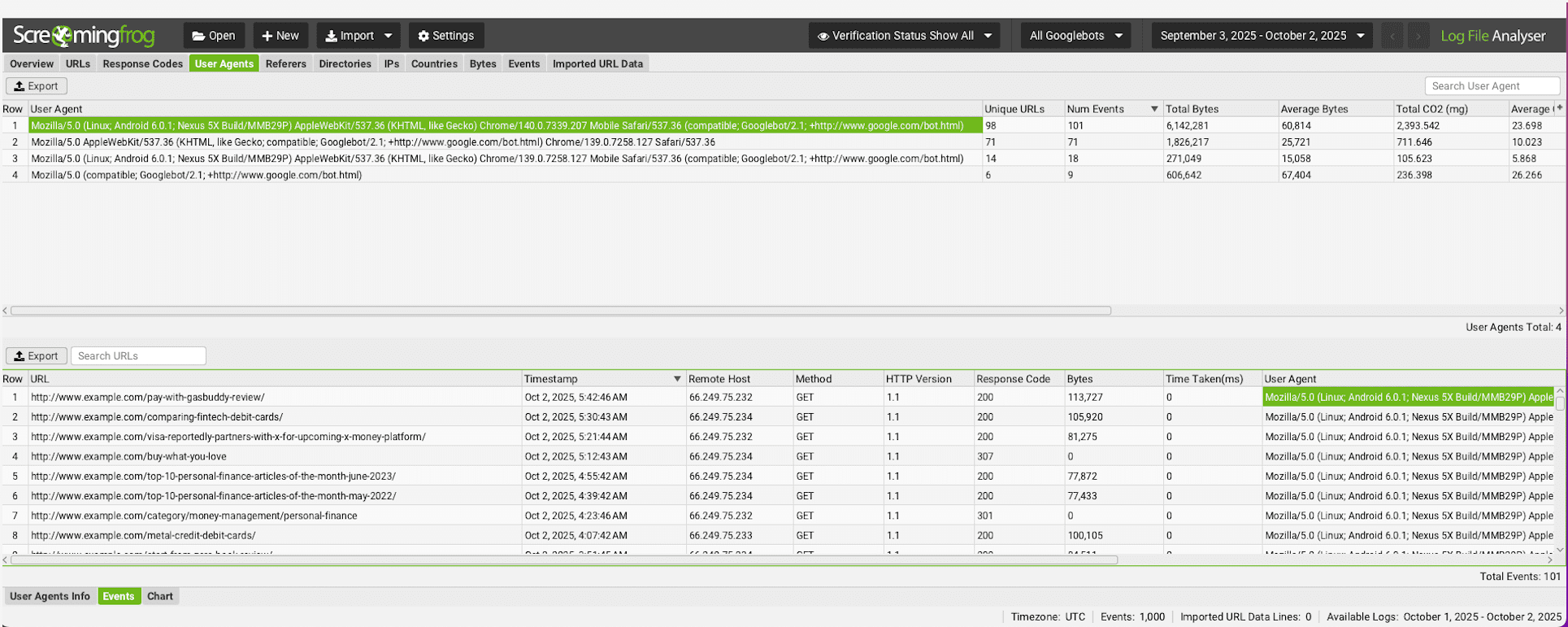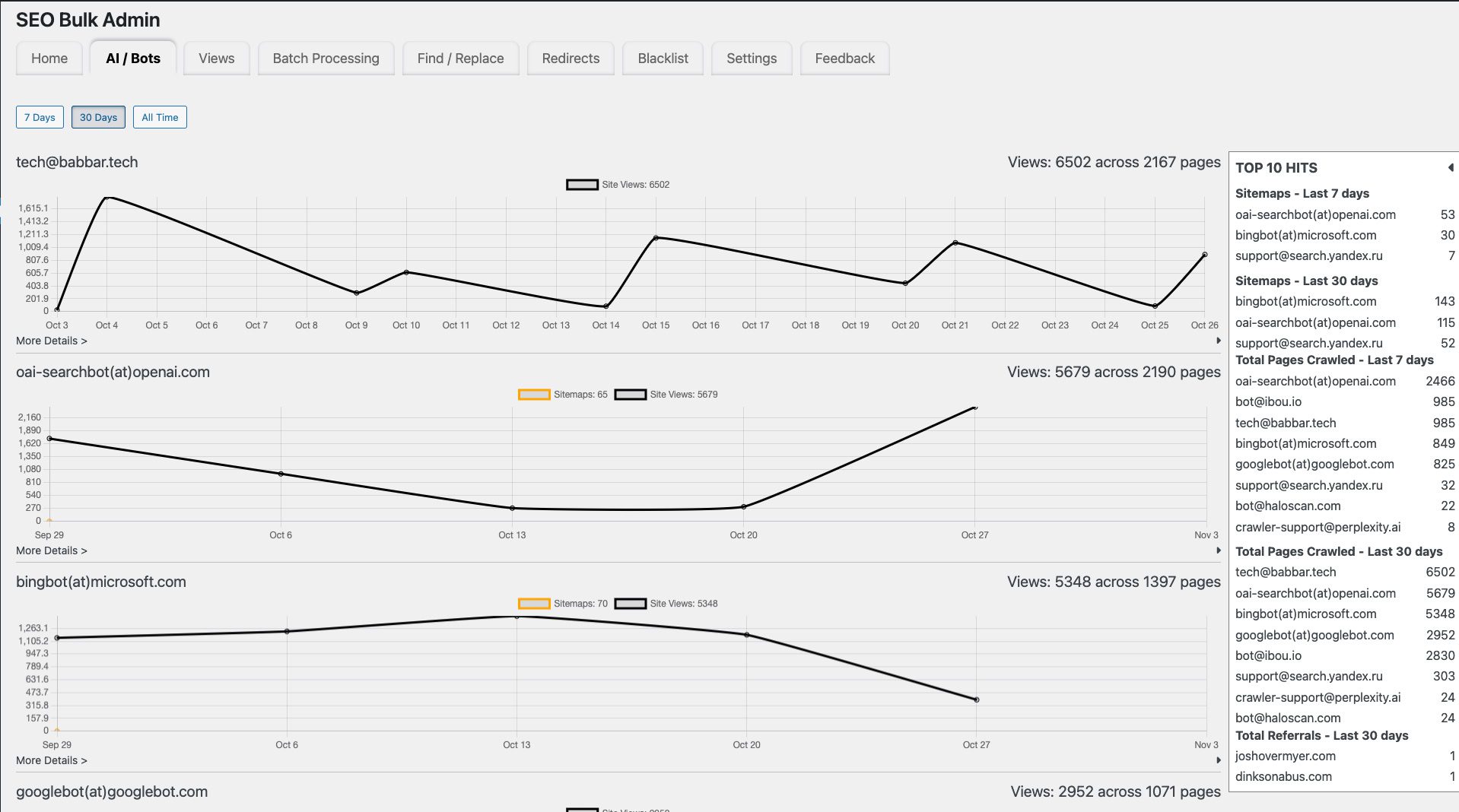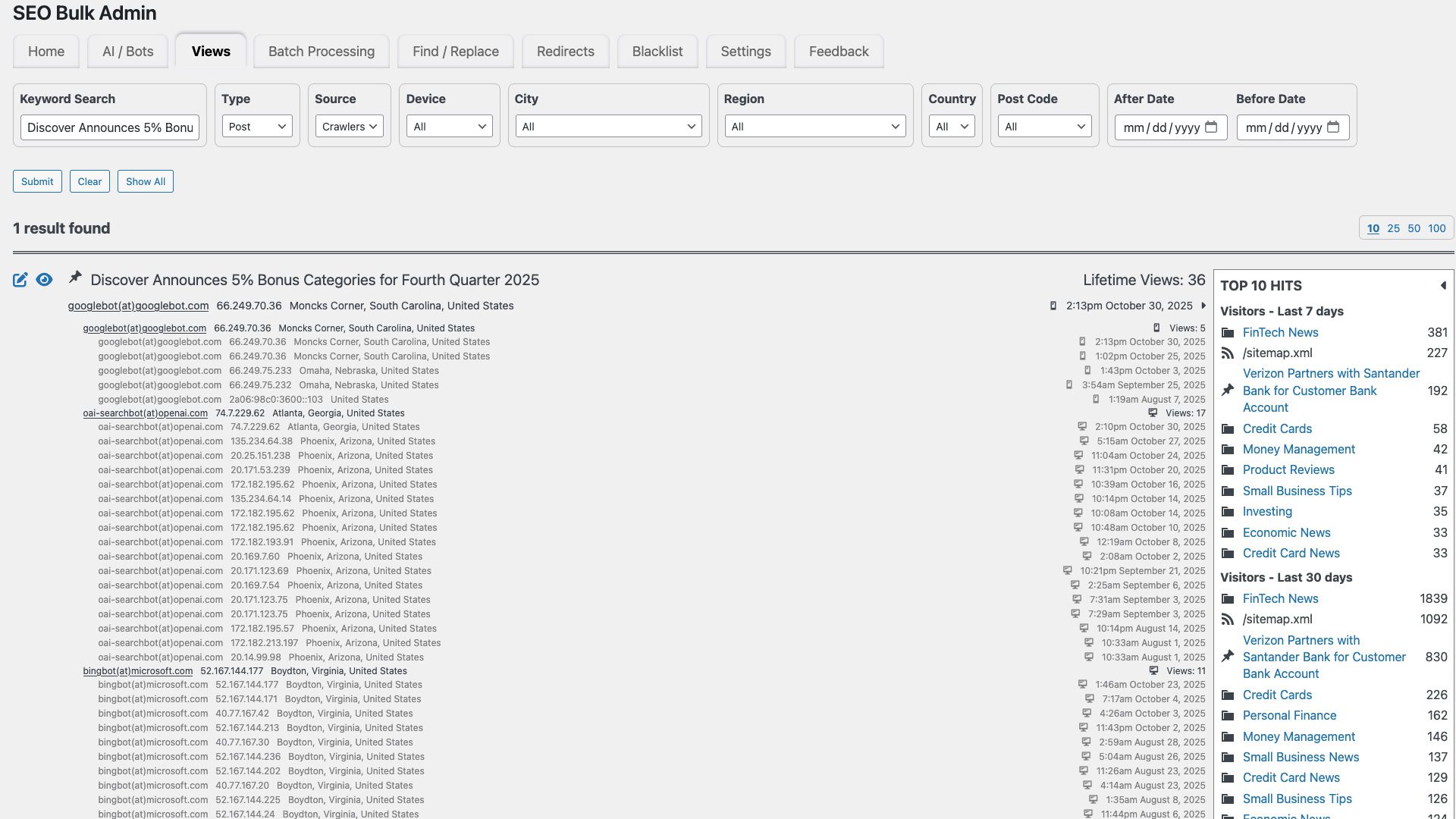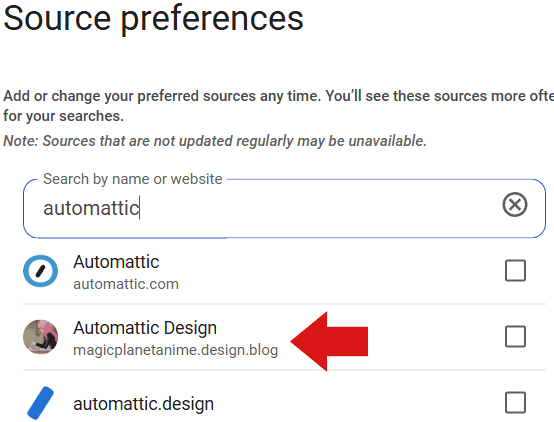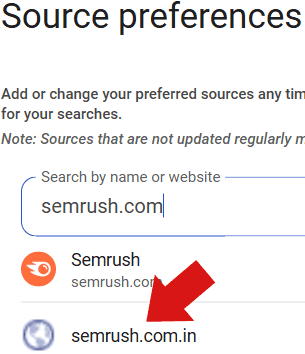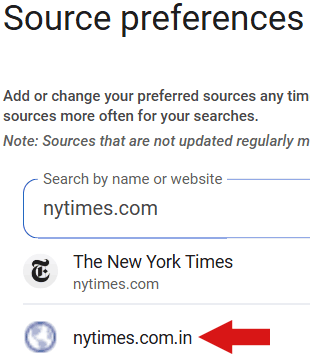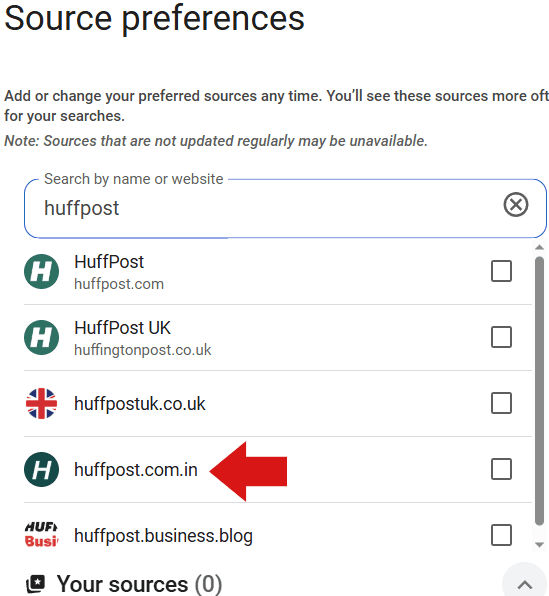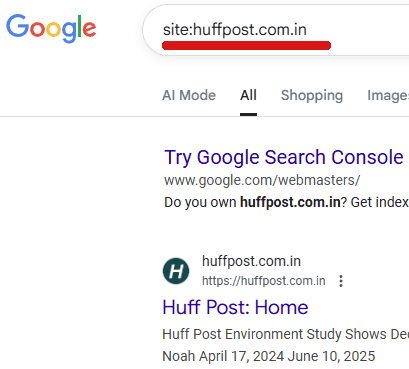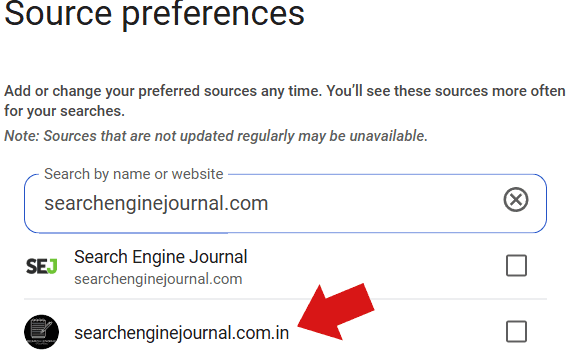Secrets Of A Wildly Successful Website via @sejournal, @martinibuster

Back in 2005 I intuited that there are wildly successful Internet enterprises that owed nothing to SEO. These successes intrigued me because they happened according to undocumented rules outside of the SEO bubble. These sites have stories and lessons about building success.
Turning Your Enthusiasm Into Success
In 2005 I interviewed the founder of the Church Of The Flying Spaghetti Monster, which at the time had a massive Page Rank score of 7. The founder explains how promotion was never part of a plan- in fact he denied having any success plan at all. He simply put the visual material out there and let people hotlink the heck out of it at the rate 40GB/day back in 2005.
The site is controversial because it was created in response to an idea called Intelligent Design, which is an ideology that believes that aspects of the universe and life are the products of an unseen intelligent hand and not products of undirected processes like evolution and natural selection. This article is not about religion, it’s about how someone leveraged their passion to create a wildly successful website.
The point is, there was no direct benefit to hotlinking, only the indirect benefits of putting his name out there and having it seen, known and remembered. It’s the essence of what we talk about when we talk about brand and mindshare building. Which is why I say that this interview is wildly relevant in 2013. Many of my most innovative methods for obtaining links are located within the mindset of identifying latent opportunities related to indirect benefits. There is a lot of opportunity there because most of the industry is focused on the direct-benefits/ROI mindset. Without further ado, here is the interview. Enjoy!
Secrets Of A Wildly Popular Website
The other day I stumbled across a successful website called, Church of the Flying Spaghetti Monster that does about 40 GB of traffic (including hotlinks) every single day. The site was created as a response to a social, cultural, political, and religiou issue of the day.
Many of you are interested in developing strategies to creating massively popular sites, so the following story of this hyper-successful website (PR 7, in case you were wondering) may be of interest.
Creating a website to react to controversy or a current event is an old but maybe forgotten methods for receiving links. Blogs fit into this plan very nicely. The following is the anatomy of a website created purely for the passion of it. It was not created for links or monetary benefit. Nevertheless it has accomplished what thousands of link hungry money grubbing webmasters aspire to every day. Ha!
So let’s take a peek behind the scenes of a wildly successful site that also makes decent change. The following is an interview with Bobby Henderson, the man behind the site.
Can you give me a little history of the Church of the Flying Spaghetti Monster website?
“The site was never planned. “the letter” had been written and sent off – with no reply – for months before it occurred to me to post it online.”
Have you ever built a website before, what is your web background?
“I made a website for the Roseburg, Oregon school district when I was in high school.
With the Fly Spaghetti Monster (FSM) site, I want things to be as plain and non-shiny as possible. Screw aesthetics. I don’t want it to look slick and well-designed at all. I prefer it to be just slapped together, with new content added frequently. I love it when people give me tips to make the site better. It’s received well over 100 million hits at this point, so maybe there’s something to this content-instead-of-shiny-ness thing.”
What made you decide to build your website?
“The idea of a Flying Spaghetti Monster was completely random. I wrote the letter at about 3am one night, for no particular reason other than I couldn’t sleep. And there must have been something in news about ID that day.
After posting the letter online, it was “discovered” almost immediately. It got boingboing’ed within a couple weeks, and blew up from there. I’ve done zero “promotion”. Promotion is fake. None of the site was planned, it has evolved over the months. Same with the whoring-out, the t-shirts,etc. None of that stuff was my idea. People asked for it, so I put it up. I can remember telling a friend that I would be shocked if one person bought a t-shirt. Now there have been around 20k sold.”
To what do you attribute the support of your site from so many people?
“I believe the support for the FSM project comes from spite…
I get 100-200 emails a day. Depends on the news, though. I got maybe 300 emails about that “pirate” attack on the cruise-ship. Incidentally, the reason we saw no change in global weather was because they were not real pirates. Real pirates don’t have machine guns and speedboats. (editors note: The FSM dogma asserts a connection between pirates and global warming)”
Were you surprised at how the site took off?
“Yes of course I’m surprised the site took off. And it blows my mind that it’s still alive. Yesterday was the highest-traffic day yet, with 3.5 million hits (most of those hits were hotlinked images).
What advice do you have to others who have a site they want to promote?
“Advice. . . ok .. here’s something. A lot of people go out of their way to stop hotlinking. I go out of my to allow it – going so far as paying for the extra bandwidth to let people steal my stuff. Why? It’s all part of the propaganda machine. It would be easy enough to prevent people from hotlinking FSM images. But I WANT people to see my propaganda, so why not allow it?
It’s like advertising, requiring zero effort by me. I am paying for about 40GB in bandwidth every day in just hijacked images – and it’s totally worth it, because now the Flying Spaghetti Monster is everywhere.”
Seeing how your deity is a flying spaghetti monster, I am curious… do you like eating spaghetti?
“No comment.”
Featured Image by Shutterstock/Elnur

